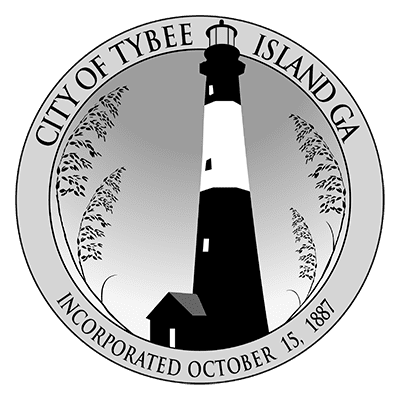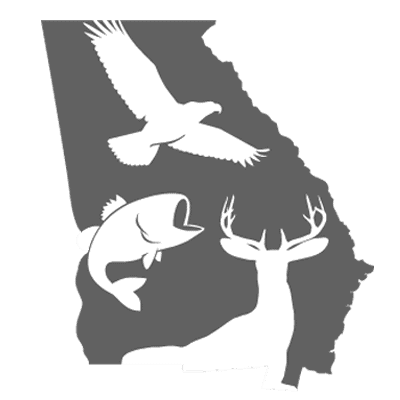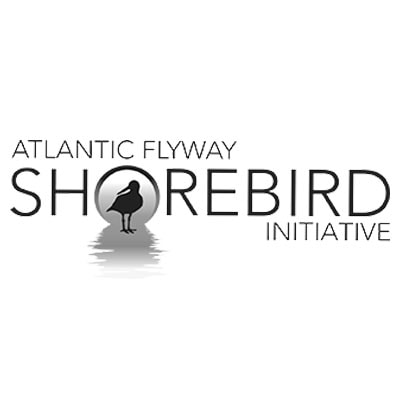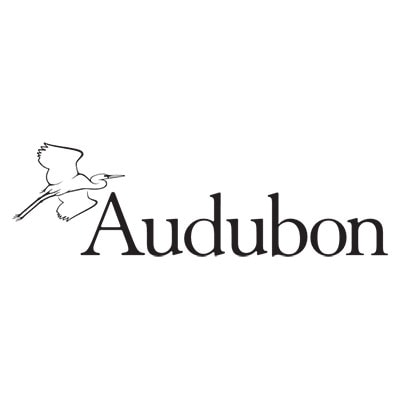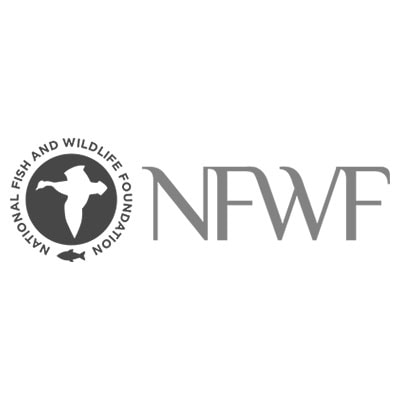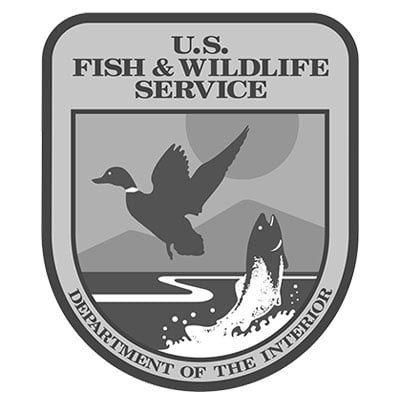Tybee Island
Stay on the Wet Sand
Help keep birds safe by staying off of the dry sand! Activities that may seem harmless, such as jogging on the upper beach, can scare shorebirds who need these areas to feed and care for their young.
Sharing the Shore
Tybee Island is a major tourist destination, with over one million recreationists visiting the beach annually to relax, swim, and enjoy the scenic views. With so many visitors to our beach, it is important to remember that people are not the only ones enjoying the coast. A variety of birds and wildlife call Tybee Island home!
By staying on the wet sand by the surf, shorebirds can raise their eggs and chicks in the quiet of the dry sand.

Wildlife Zones
Here on Tybee Island, we have designated specific zones for wildlife to give our coastal birds safe places to feed, nest, and rest. Within these areas, we ask you to walk on the wet sand and away from nesting shorebirds.
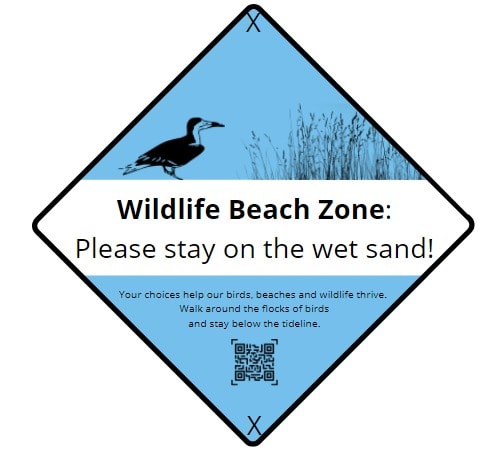
An Important Place for Birds and People
Beaches are important nesting, feeding, and roosting sites for local shorebirds. Our Georgia coast is internationally recognized as an Important Bird Area that provides habitat for at least 300,000 shorebirds every year, including threatened Red Knots, endangered Piping Plovers, and rare Wilson’s Plovers.
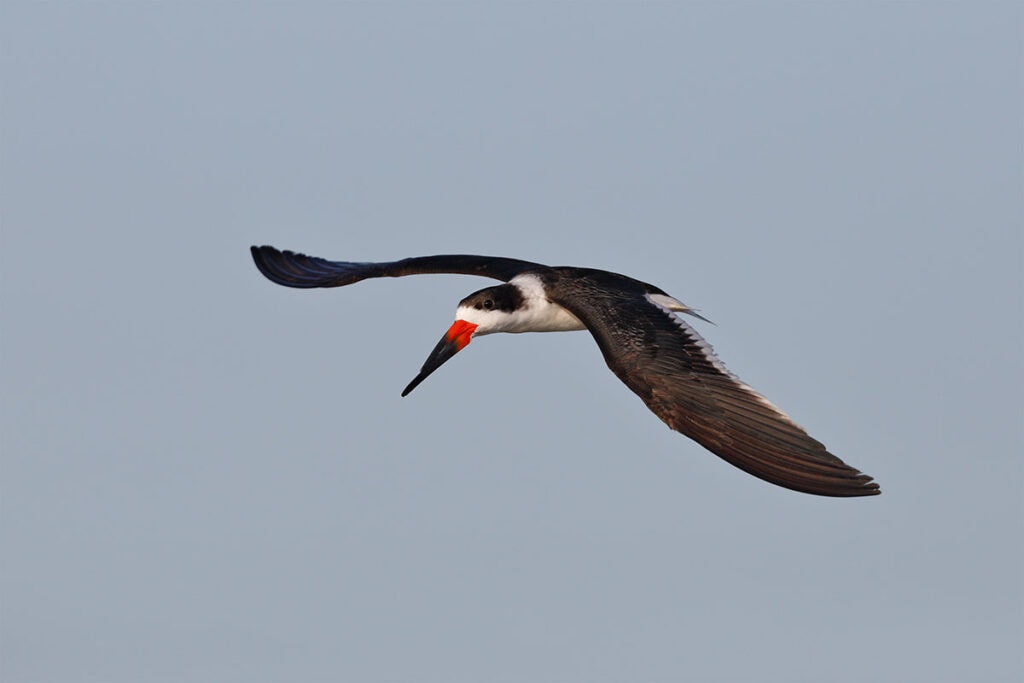
Black Skimmer
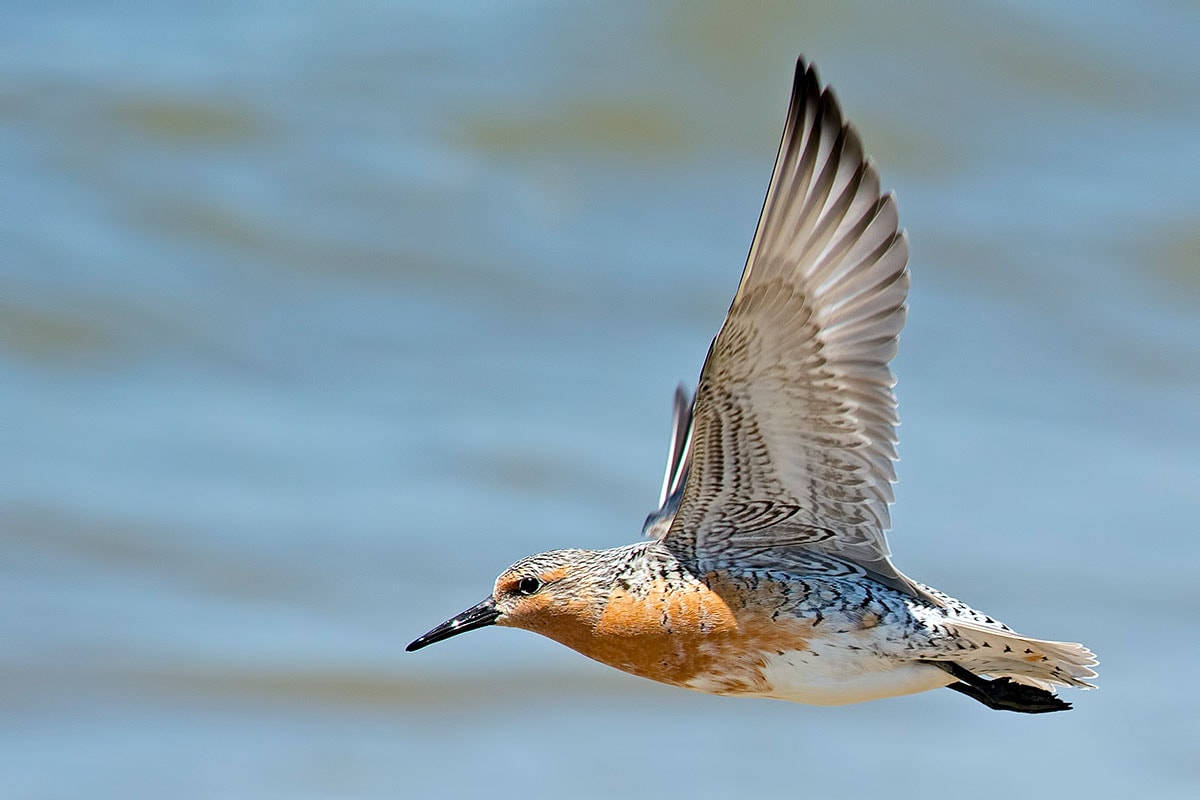
Red Knot
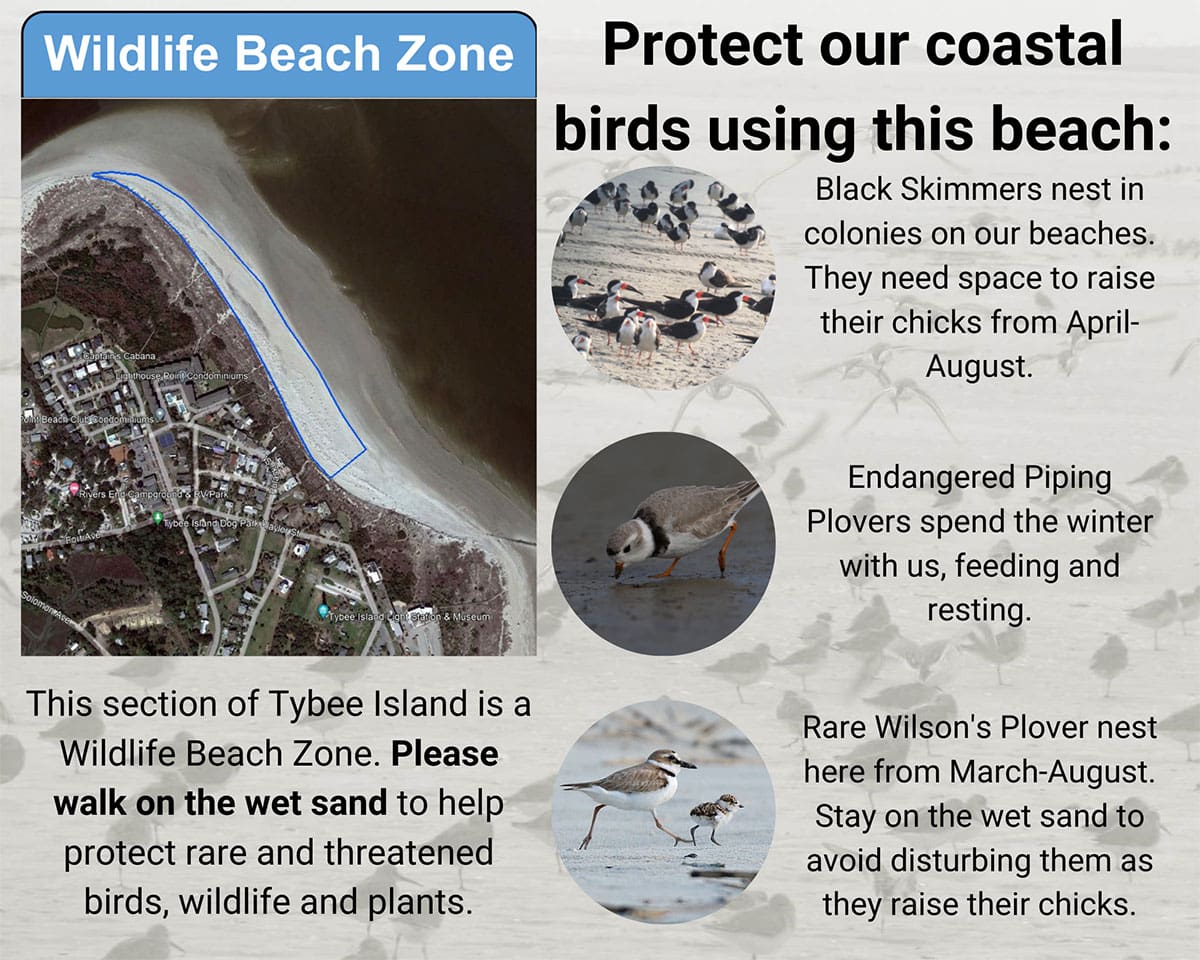
Home Sweet Home
Limiting bird disturbance during migration
Get Involved
Useful Links
Contact Information
Allie Hayser
Shorebird Technician
Georgia Bight Shorebird Conservation Initiative
ahayser@manomet.org
Abby Sterling, PhD
Director of the Georgia Bight Shorebird Conservation Initiative
asterling@manomet.org

